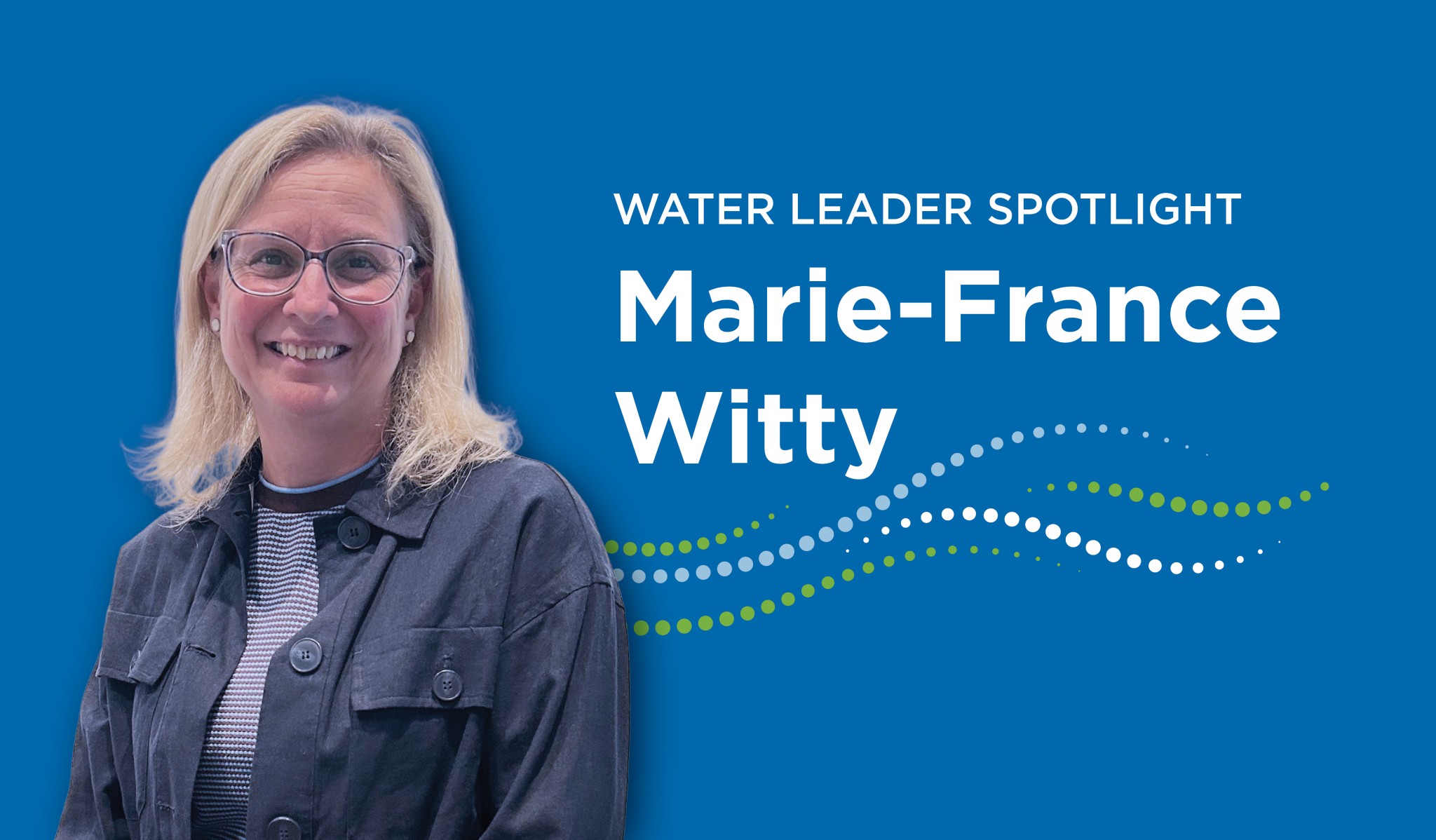Government of Canada addressing PFAS in draft report

Per- and polyfluoroalkyl substances (PFAS) are widely used chemicals that can be found in the environment, water and air. Now, the Government of Canada has discovered PFAS in the blood of Canadians, confirming the need for adequate assessment of sources and impacts of PFAS on the environment and human health. The nature of PFAS breaking down slowly and building up in concentration over time has termed them as toxic “forever chemicals.”
According to both the Government of Canada and the USEPA, over 4,700 human-made chemicals have been classified as PFAS. As such, both governments have been working towards providing proposed guidelines and standards around PFAS in drinking water. In the US, EPA proposed the first national drinking water regulation in March 2023 to regulate PFOA and PFOS at a proposed Maximum Contaminant Level (MCL) of four parts per trillion (ppt). On the Canadian front, Health Canada also produced a draft objective for per- and polyfluoroalkyl substances in Canadian drinking water in February 2023. The purpose of this objective is to itemize the health and analytical considerations for PFAS in drinking water while outlining municipal water treatment considerations and technologies.
Environment and Climate Change Canada and Health Canada have just released a draft state of per- and polyfluoroalkyl substances (PFAS) report for which they are seeking comments. This draft outlines the characteristics, occurrences, and hazards of PFAS in the Canadian context. However, the document also goes a step further to identify domestic and international actions on PFAS.
One of the proposals within the draft state report is that PFAS meets the criteria set in section 64 of the 1999 Canadian Environmental Protection Act due to the widespread nature of PFAS and its longevity in the environment. This means that the government is recommending that PFAS be determined as a “toxic” compound under section 64 of CEPA and be included in the Priority Substances List (PSL), joining the likes of asbestos and chlorinated wastewater effluents. If this proposal goes through, it means that PFAS has been assessed and found to be a “CEPA-toxic” substance that is persistent, bioaccumulative, anthropogenic and poses risks to the environment or to human health.
It is obvious from the progress that Canada has made in producing PFAS guidelines this year that PFAS is a critical issue, and the government is presenting guidelines to make informed decisions about the best way to limit the exposure of Canadians to these “forever chemicals.”
The government is seeking comments on the draft state of PFAS report from the public by mid-July 2023.

















